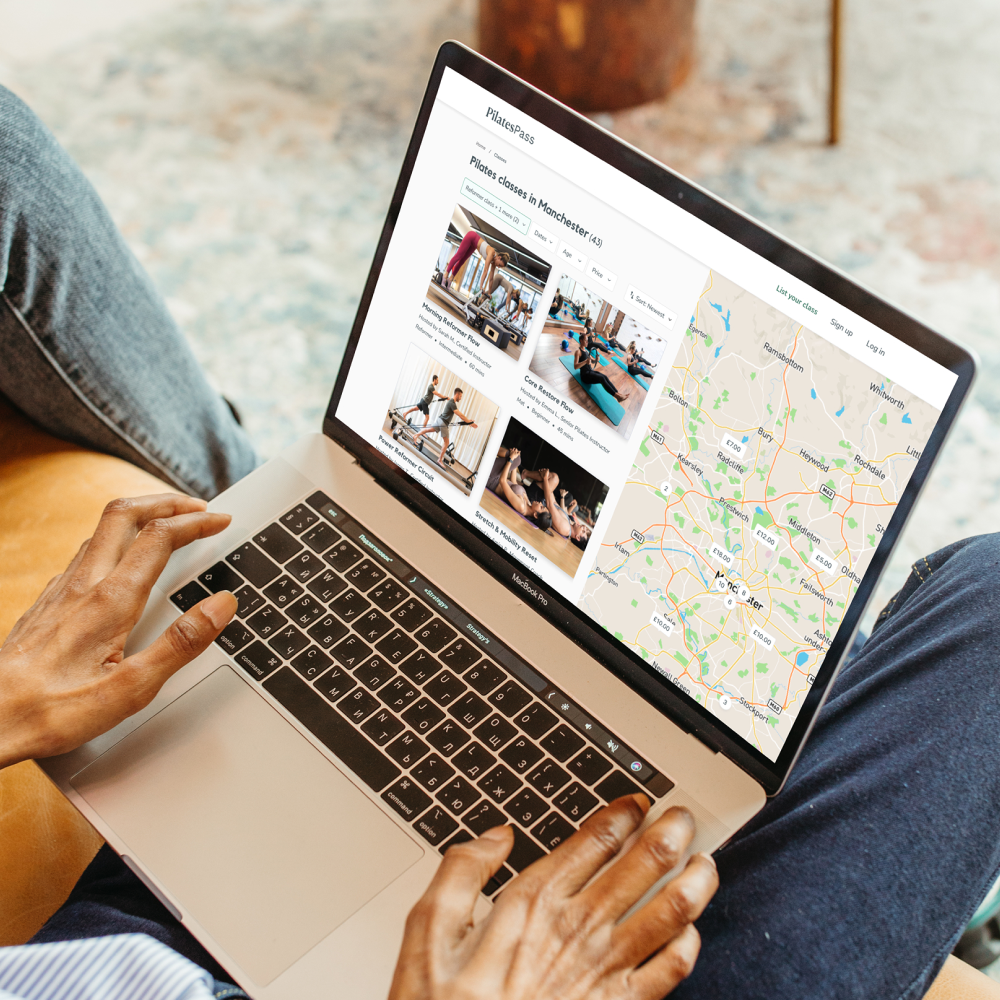

Keebo was a high-potential fintech product with an ambitious mission and a huge amount of energy behind it. The team was moving fast, building features quickly, testing ideas, and reacting to user behaviour in real time. But the funnel was leaking.
People were dropping off at every stage of onboarding: identity checks, eligibility questions, credit data collection, and even the point where they waited for a manual review. The team were working incredibly hard, but not always in the same direction. Priorities shifted quickly, ownership wasn’t always clear, and everything felt urgent.
The business needed a tighter strategy, clearer priorities, and a roadmap that balanced the founder’s vision with what was actually achievable given our tight runway, compliance constraints and team capacity.
Three major issues became clear as I started analysing the business and reviewing how the team worked:
1. The onboarding funnel was leaking heavily
High drop-offs at critical stages meant we weren’t converting enough users into activated cardholders. Without improvement, raising a Series A simply wouldn’t be possible.
2. Everything was a priority
With a fast-paced founder, a small team and ambitious goals, priorities shifted constantly. Teams were doing their best but often tackling work that didn’t move the metrics the business needed most.
3. Compliance slowed experimentation
Every word of copy, every screen change, every update to data capture had to be reviewed. This added friction and pressure to make the right choices, because we couldn’t iterate as freely as a typical consumer app.
Together, these problems were creating noise, slowing momentum, and making it harder to hit the MAU (monthly active user) numbers required for a Series A.
I defined three goals to guide our work:
These were the foundations for achieving the ultimate business goal: increasing MAU to unlock investor conversations.
I worked across strategy, product and design to bring structure and focus to the business. My approach centred on four key areas.
1. Diagnosing the funnel
I mapped every step from ad click to card activation and identified where users hesitated or dropped out completely. Partnering with the data team, we sized each leak and reframed our roadmap around the areas with the highest potential impact.
2. Aligning the vision with constraints
I worked closely with the founder to separate the north-star vision from what we could realistically ship in the next 30, 60 and 90 days. This helped turn a huge mission into actionable, investor-relevant progress.
3. Partnering with design and engineering
We translated funnel insights into specific product improvements. I worked with design, product and engineering to shape flows that were clearer, more reassuring, and more aligned with user needs, without creating unnecessary compliance risk.
4. Running iterative experiments
We defined hypotheses, sized ideas by expected impact, and introduced a weekly review cadence. This created a much faster loop between user behaviour and product decisions.
1. Making onboarding clearer and more reassuring
Many users didn’t understand why they needed to share certain data points or what was happening behind the scenes. We introduced clearer messaging, better expectation-setting, and transparent explanations around credit and ID checks. This reduced anxiety and improved completion rates.
2. Improving manual review outcomes
If a user didn’t pass checks automatically, their application went into a manual review queue. Previously, users didn’t know how long they’d wait or whether anything was happening. We introduced clearer status communication and more predictable timeframes to reduce drop-offs.
3. Introducing cascading OKRs
We created business-level OKRs and then defined product, design and engineering OKRs that directly supported them. This removed ambiguity, gave the team focus, and created a shared language for progress.
I worked closely with the founder to help shape the narrative for investors, clarify what success looked like, and identify the metrics that would matter most in a Series A conversation.
Day-to-day, I partnered with product, design, engineering, data and marketing to:
This cross-functional partnership was essential for creating a product direction the whole company could commit to.
The work created a more confident, more focused product organisation. The team understood the purpose behind their work, what success looked like, and how their efforts supported both the funnel and the business.
Key outcomes included:
We monitored onboarding drop-offs, activation rates, first-transaction behaviour, and user hesitation patterns. Over time:
Even without specific numbers (not available post-acquisition), the trends were consistent and meaningful.
This project highlighted how powerful a clear product strategy can be in a fast-moving startup. By understanding where the funnel leaked, setting strong priorities, and aligning everyone behind a shared vision, we created a more focused and resilient team.
Keebo reinforced how important it is to balance ambition with reality, especially in fintech, where compliance adds complexity and the runway is tight.
By shaping the roadmap, strengthening decision-making, and improving key parts of the experience, I helped the team move with more confidence, deliver with more intention, and build a foundation that made investor conversations possible.
PRODUCT DESIGN / Complex workflows
Partnered with the founder and engineering team to redesign search, listing pages and checkout for a large packaging catalogue. By restructuring the information architecture and introducing clearer patterns, the experience helped buyers make faster, more confident decisions while reducing operational load on the business.
View case study

DESIGN SYSTEMs / SCALABLE BOOKING
A fast-growing fitness marketplace needed a booking experience that could support new class formats, reduce operational strain and stay consistent as the product expanded. I rebuilt the booking flow and underlying component patterns so the platform could grow without introducing complexity for clients, instructors or engineering.
View case study